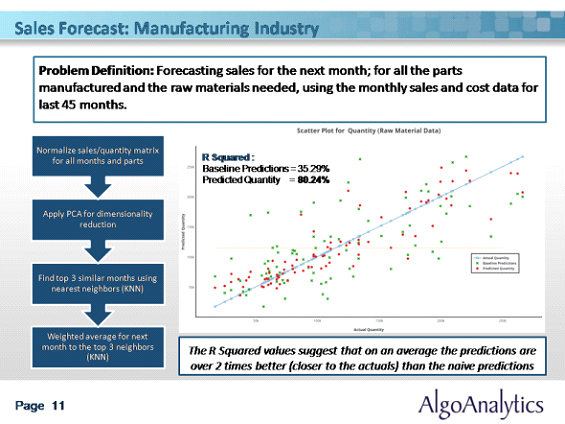Analytics in Retail has moved beyond just forecasting and making simple assumptions about customers. Machine learning and Artificial Intelligence (AI) has started to provide retailers with powerful tools. These tools are just beginning to bridge the gap between marketing automation and retail management consultation. At present, there is an overwhelming challenge of mining information from the huge amounts of data that is garnered every minute. Retailers are employing advanced predictive analytics to go beyond making simple assumptions about their customers using both online as well as offline analytics. However, the Machine learning & AI tools are not solely employed to serve customers, though that is the end goal, but can also be employed to help retailers respond to customer emails with tailored responses depending on the scenario without human intervention.
Online & Offline Analytics
Before attempting to
understand how online and offline analytics help retailers, they need to be
aware that just tracking of items customers have purchased in the past is not
enough to understand customer behavior, to plan for the future, and narrow down
their customer references choices and wants.
- Purchase decisions are based on a complex set of factors that are constantly evolving & changing
- Buying behavior of customers are no longer limited to just offline or online, but could involve both factors
- Customers choices are growing more complex and there is need to know more than their basic purchase history information
- Asking the right questions in a complex set of data can help accurately collect and analyze for more accurate forecasts sales and customer loyalty



